Barn Lighting
pamghatten
16 years ago
Related Stories
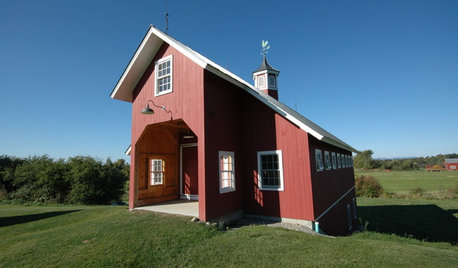
DECORATING GUIDESRenewed Classic: Gooseneck Barn Lights
Functional vintage modern style makes its way from outbuildings to interiors
Full Story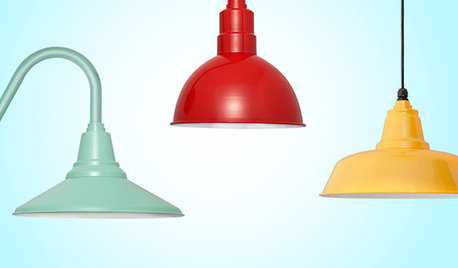
SHOP HOUZZShop Houzz: Up to 55% Off Trendy Barn Lights
Farmhouse-inspired fixtures to give your space charm, indoors and outdoors
Full Story0
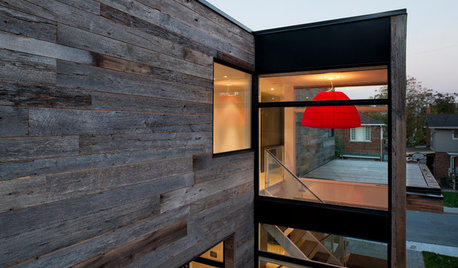
MODERN ARCHITECTUREHouzz Tour: And the Community Award Goes to ... a 'Zen Barn'
Contemporary minimalism wins over the neighbors and delights the owners of this light-filled Canadian home
Full Story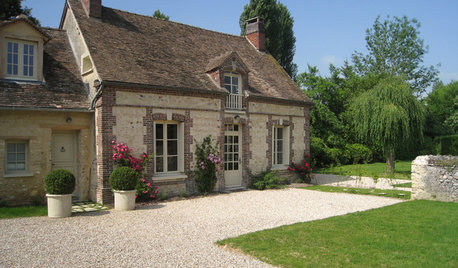
ARCHITECTURERustic Roundup: 5 Barn or Barn-Inspired Homes
Homeowners are hitting the hay in spaces that recall a farm — and the interpretations range from literal to far afield
Full Story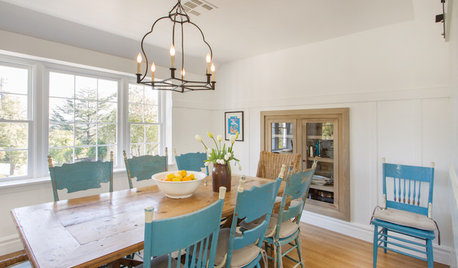
DINING ROOMS12 Touches to Add Farmhouse Style to Your Dining Room
A farm table, a salvaged-wood wall or a simple barn light can bring casual, homey comfort to any space
Full Story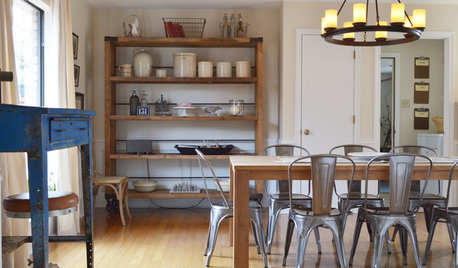
SHOP HOUZZShop Houzz: Farmhouse Style in Your Favorite Colors
Color-happy farmhouse finds from a cheery yellow barn light to a gunmetal bar stool
Full Story0
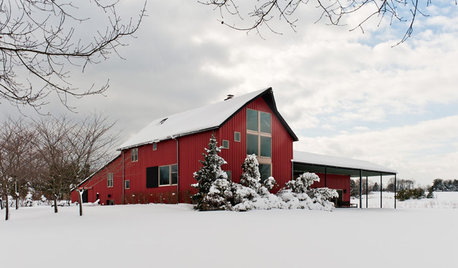
HOUZZ TOURSHouzz Tour: Bold, Modern Farmhouse in New Jersey
A former dark, weathered barn with not even a bathroom is redesigned as a light-filled, guest-ready modern home
Full Story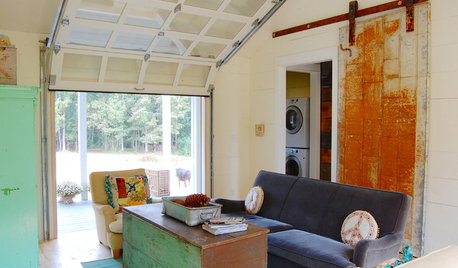
DOORSCreative Ways With Barn-Style Doors
Considering jumping on the barn-door bandwagon? These examples in different styles offer inspiration aplenty
Full Story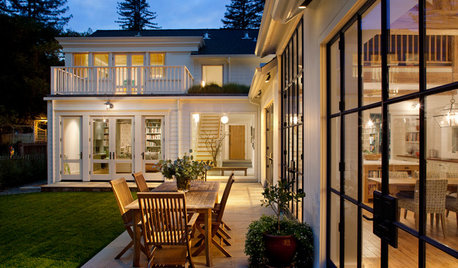
TRANSITIONAL HOMESHouzz Tour: A Happy-Trails Home on a California Field
Horse-loving homeowners look to barns and equestrian references for their light and bright new build
Full Story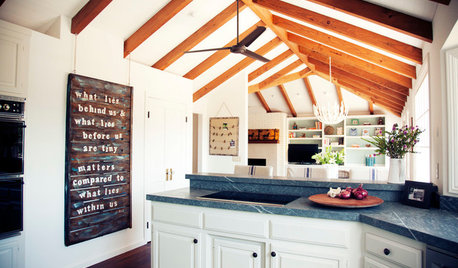
KITCHEN DESIGNKitchen of the Week: Keeping It Casual in a Modern Farmhouse
Raised ceilings and knocked-down walls create a light, bright and more open barn-like kitchen in California
Full StorySponsored
Central Ohio's Trusted Home Remodeler Specializing in Kitchens & Baths






fancifowl
johanna_h
Related Professionals
Arlington Landscape Contractors · East Haven Landscape Contractors · Fort Worth Landscape Contractors · Lynwood Landscape Contractors · Medford Landscape Contractors · Selma Landscape Contractors · San Pablo Landscape Contractors · Antioch Fence Contractors · East Haven Fence Contractors · Orange County Fence Contractors · Salida Fence Contractors · Cave Spring Decks, Patios & Outdoor Enclosures · Coatesville Decks, Patios & Outdoor Enclosures · Marlboro Decks, Patios & Outdoor Enclosures · Shirley Decks, Patios & Outdoor EnclosuresDibbit
yakimadn
pamghattenOriginal Author
doninalaska
yakimadn
goodhors